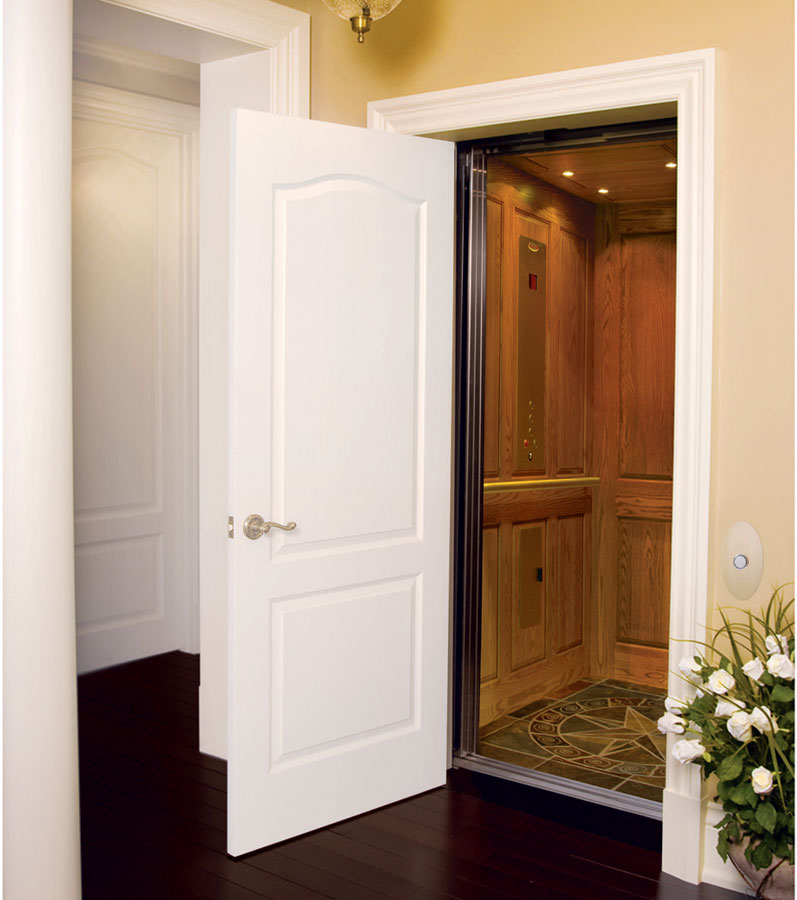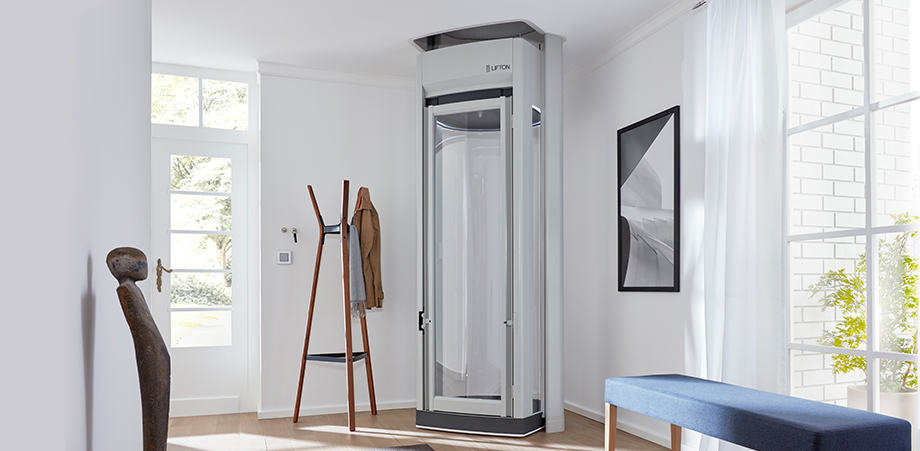Table of Content
This entry was posted in ARCHITECTURAL PUBLISHING and tagged elevators with a smaller machine room , hydraulic lifts, Shaftless elevators, the coiled cylindrical elevator, Vacuum elevators. And lowers the elevator, this type of elevator requires a hoist, pit and machine room. Noise is a consideration especially if the tube or rail system will be beside the bedrooms.

The PVE30 is so called because it has an external diameter of just 30 inches. The maximum weight capacity of any Savaria model is 500 pounds, with many reaching 950 or 1,000 pounds. While one Nationwide Lifts model exceeds this, no other brand offers such capacities with such a variety of design styles. Cable-driven home elevators are perhaps what most people typically picture when they think of an elevator. Cables wrap around winding drums at the top of the shaft, and the cab is balanced with counterweights in a similar fashion to traction elevators. Maximum weight capacities of home elevators vary from product to product.
Types of Home Elevators
In addition, this type of lift has more power and speed than an electric lift. Chain or Cable system lifts are dangerous due to the risk of being injured by the chain falling and hitting you. On the other hand, Hydraulic Home Lifts are much safer because they use a hydraulic system which is much more reliable and less likely to malfunction than a chain system lift. Hydraulic home lifts are the best way to get your loved ones and yourself up and downstairs safely. They are made in China, but they can be purchased all over the world. The working mechanism is based on the principle of chain transmission.

When someone experiences issues with balance, pain, poor eyesight or you fall often. If your loved one is at very high risk of falling and they struggle to see, then an elevator can be prioritized over a stair lift. Machine room is also always recommended for easy service and maintenance if space is available.
Home Elevator Costs
The drive system, or how the elevator cabin raises and lowers, defines the types of home elevators available today. Cable-driven elevators are usually the least expensive while pneumatic elevators generally are the most costly. Chain-driven, traction units and hydraulic elevators fall into the midrange cost. A family-owned business with more than 100 years of history, Inclinator offers a range of home elevators. Its signature model, the Elevette, is available in cable drive, hydraulic and traction options.
According to Stiltz, these elevators are “whisper” quiet, making less noise than the perennially popular hydraulic elevators or the newer vacuum elevators. These elevators, which operate with an electrically powered overhead winding drum system, are also often quite small. Finally, these shaftway-free elevators can be either transparent or made of panels in colors that match the buyer’s home. Customers of Stiltz say that sometimes their visitors don’t even notice the lift until it’s pointed out to them. For the customer who wants a small elevator that can blend in anywhere, Stiltz is the answer. There is plenty to choose from when searching for the perfect home elevator.
Chain Driven Counterweight Home Lifts:
These elevators are mostly used to provide employees with a more convenient way to travel from floor to floor without disrupting the customers and guests. Because this type of elevator is available in 3 models, ranging from a single passenger to a three passenger wheelchair accessible model, they are mostly used in residential applications. The Hole-less Hydraulic Elevator is similar to the conventional one, but it doesn’t require a hole or sheave fixed below the pit. There is also a design that has non-telescoping pistons, which can only allow up to 20 feet of travel.
Serving the areas of New York City , Long Island, and states of New York and New Jersey. You have a lot of options to choose from when you’re shopping for a new home elevator. Modern home elevators use no fewer than six different mechanisms to carry passengers, and each type has multiple different models available. Each type has its advantages, as well as some drawbacks, and the ideal elevator for your home is one that fits your space, mobility needs, and budget. When illness, injury, or age has made it difficult to manage the stairs in your home, you might think that the only solution is to make plans to move.
For example, replacing bulbs, cleaning the interior and attending to any scratches or other decorative issues. In modern times, there is more and more focus on conserving energy both for the sake of your energy bills and more importantly, for the environment. For this reason, it is important to look at how energy-efficient the elevator is. Typically speaking, a vacuum elevator will be much more eco-friendly than a cable or chain system. But this is not simply made up of the time it takes to put in the elevator. But you must also consider the time it will take to prepare for the installation including digging a pit or installing a machine room.

In restaurants, a dumbwaiter can come in handy when moving meals and dishes in-between floors. This type applies the use of both ropes and a piston to enhance the motion of the elevator car. Home elevators are a great addition to many multi-level homes for the ease they bring. Even though they are a large commitment to make, they have become more and more accessible and compact, making them an option that many can begin to consider. Even if you are able to build the elevator yourself, it is recommended to have a specialist on call when needed for added safety, especially if you are unsure of something. These are areas that are dug below the elevator on the ground floor to make space for pistons or other machinery that makes the elevator function.
A+ Elevators can help you make sure you get the right elevator for your needs. Whether you are building your home or remodeling, you may be wondering what the best elevator recommendation is for any home. But home elevators do not only make life more convenient, they also add both aesthetic and bottom line value to a home. So if you want to wow your guests at your next big get-together, use the occasion to unveil your home elevator. And if you are looking to sell your home, a home elevator will make it much more attractive to baby boomers looking for a retirement home. People recovering from serious accidents or illness often have to endure lengthy recoveries.

Regular maintenance will keep an elevator running effectively and, most importantly, safely. Maintenance checks identify potential problems and ultimately save money on repair bills. This legislation established standards that increase accessibility for those who have a disability. In order to satisfy these standards, elevators need to have a self-leveling mechanism to make sure wheelchairs can easily roll in and out. Call buttons should be at a height appropriate for wheelchair users, and the car dimensions must be large enough to accommodate the chair.
However, there are also important considerations when it comes to the safe operation of your elevator. However, it is important to keep in mind that despite all of the modern developments, this traditional type of elevator is not without its problems. Furthermore, they do use a lot more energy so may not be ideal if you are very eco-conscious. The SAH grant provides funds of up to $101,754 to veterans who have certain severe service-related disabilities.

Despite the relatively simple mechanism, the airflow can create noticeable noise. Hydraulic home elevators use a piston below the cab to raise and lower it. These are very powerful, capable of rising up to seven floors, and are often capable of supporting heavy loads. Because the mechanism is mostly below the cab, they can often be used in rooms with lower ceiling heights than traction or cable models. Although a separate machine room isn’t required, a shallow pit often needs to be dug for foundations. Traction elevators can be quite powerful, capable of raising a cab up to five floors.

No comments:
Post a Comment